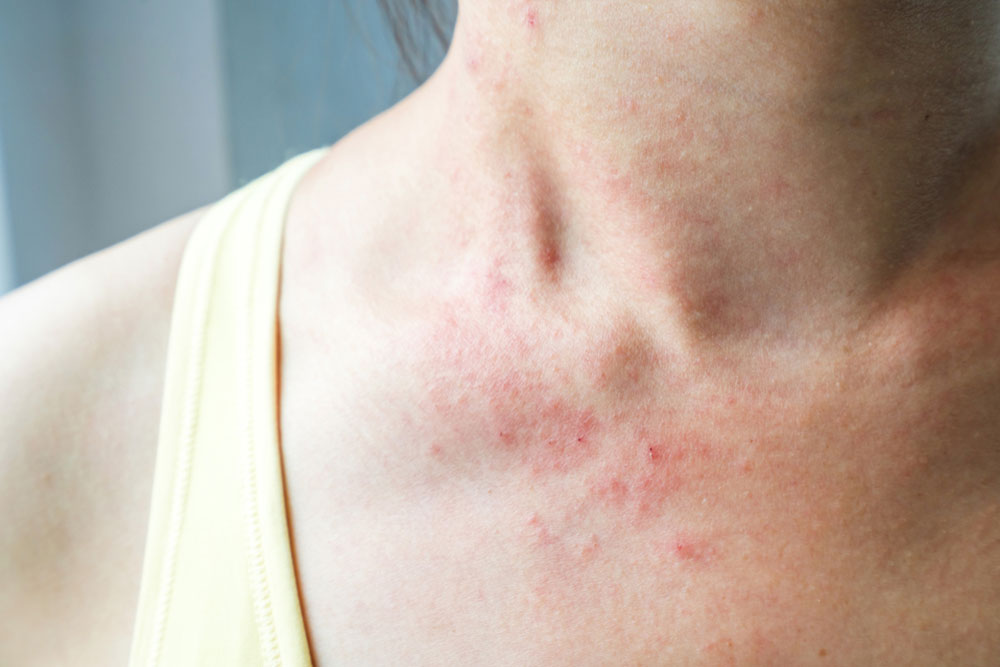Mycosis fungoides – more than just a skin rash
A rash can sometimes be more than just an annoying skin problem. It could be a sign of something more concerning, e.g., mycosis fungoides. Although rare, this condition is a form of blood cancer that causes T-cells, which is a type of white blood cells, to grow out of control.
Mycosis fungoides is recognized by a syndrome called as Alibert-Bazin. It is usually linked with the Sezary syndrome, in which T-cells show similar behavior. As with most cancer conditions, there is no concrete evidence that point toward the causes that develop mycosis fungoides. Oncologists from around the world suggest that it could be due to a certain group of viruses that cause T-cells in our body to grow out of control. Alternately, it could be due to exposure to certain chemicals and how they interact with our genes. Although it can affect anyone at any age, oncologists have observed that mycosis fungoides mostly affects people in their 50s and 60s. Men are two times more susceptible to mycosis fungoides than women.
Symptoms of mycosis fungoides
The symptoms of this type of cancer develop gradually and slowly. Mycosis fungoides moves through following four main phases.
First phase
In this phase, the areas of the skin that do not get enough sunlight develop scaly and red rashes. These rashes might last for months, even years in some cases.
Second phase
The thin rashes that had developed in the first phase develop into thick scaly patches that won’t subside with normal medication.
Third phase
The patches now start developing raised red bumps and hard plaques.
Fourth phase
In this final phase, the bumps developed on patches gradually develop tumors, which can break open and cause an infection, making the condition worse.
It is important to note here that not everyone goes through all these phases. Most of the people who have suffered from mycosis fungoides report that they have experienced the first two phases for many years before getting diagnosed with the same.
Mycosis fungoides usually do not go beyond the skin, and many people lead a normal while treating the rashes developed due to this condition. However, if cancer spreads to other organs through lymph nodes, it can be very serious and immediate medical attention may be required.
It is highly advised to visit an oncologist if you or your loved ones have persistent rashes that are not subsiding with regular medication.



